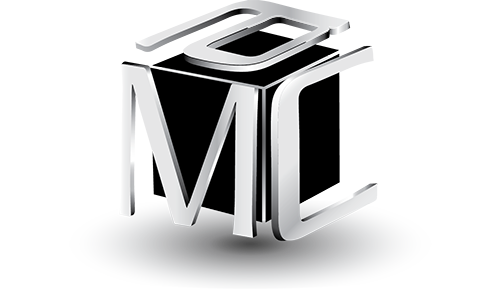Leveraging Culture to Impact Business Results
Leveraging Culture to Impact Business Results
or Why Does Our Culture Suck and What Can I do About It?
Michael Couch
President
Michael Couch and Associates Inc.
Pittsburgh, PA
Leaders, employees and customers know when the culture of an organization is out-of-whack. “That’s our culture” or “That’s the way we do things around here” are common refrains I hear from leaders when we talk about the causes for less than stellar business results. There seems to be an intuitive understanding that an organization’s culture can directly impact performance.
Organization Culture is often considered to be some ethereal and immeasurable unknown. I had a client that described culture as the “warmth” that you feel when you enter one of their facilities! Thanks to research that has been conducted since the late 1990’s, we now know that organization culture is a very distinct set of factors that can be measured and improved. These factors have been shown to have a direct impact on growth, return, employee satisfaction, quality, innovation and customer satisfaction. In other words, the culture factors are descriptive, predictive, and prescriptive.
The best research on culture was conducted by Dan Denison and his colleagues at the University of Michigan. Their multi-year and continuing research has clearly defined what constitutes culture and how it is a leading indicator of business performance. In addition, they have amassed a number of case studies that show how organizations have changed their culture to make a difference. Denison’s work found that a high-performing organization can be created by building a culture that:
- Has a clear direction, goals and vision,
- Has consistent, stable systems, structures and processes,
- Has committed employees with shared ownership and responsibility, and
- Can adapt to demands in the market place.
High performing organizations effectively balance the seeming contradictory capabilities of being both internally focused (people and processes) and externally focused (mission and markets) and being flexible (people and markets) and stable (mission and processes).
How does an organization’s culture get out-of-whack? Mostly because culture is allowed to evolve by chance rather than by addressing it as a capability that must be created and continuously improved. Culture is learned. Habits and behaviors accrue overtime. Some are effective and should be retained. Others are ineffective and need to be eliminated or significantly changed.
What can you do about an unbalanced culture? The process is like any complex change process.
First the business case for culture change must be clear. Top executives need to learn about the culture research and hypothesize what clear business impact can come from cultural improvement. If the business case is not clear and agreed upon, do not proceed until it is.
Once the business case is established, then measure the present culture using a standardized, normed tool. The results will show the biggest gaps and opportunities, particularly matched to the intended business impact. A vision of where you would like to take your culture should emerge from an intense discussion of the results. The discussion should conclude in a detailed culture improvement plan with milestones, action steps, responsibilities, resources, time frames and a definition of what success will look like. The plan should be supported by a communication plan that targets the key stakeholders, especially those that participated in the culture measurement.
Culture should be re-measured at a defined milestone to track progress, take corrective action or to establish an improvement plan on a new culture factor. The process can repeat over time, down deeper in the organization or into additional business units.
Culture improvement typically involves an assessment of leadership capabilities. Clearly, leader behavior has a significant impact on perceived culture so there must be an alignment between leadership competencies and the desired culture. It is important to know which leaders exhibit the competencies, which can benefit from developing new capabilities, and which leaders are not worth the investment.
High-performing organizations often measure culture as part of their strategic planning and identify strategic initiatives to continuously improve culture. Culture is often measured during mergers and acquisitions to clearly define what strengths should be retained, what differences might cause problems, and where weaknesses need to be addressed.

